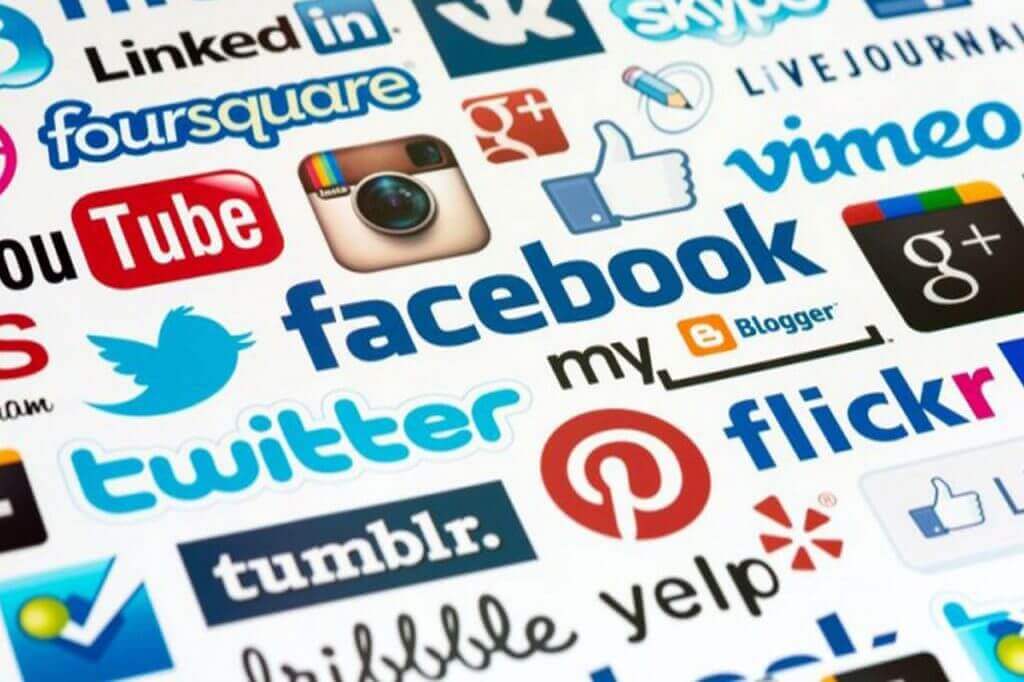
As hoteliers’ key audiences spend less time on the Web and more time on their smartphones’ social apps, it is crucial for hotels to have a digital engagement strategy that creates meaningful interactions on social channels. Desktop still converts higher, but the path to a booking is a journey full of touch points across social. Now that social media platforms are maturing, hotels can go beyond targeting their own guests to discovering new profitable audiences. They can reach and drive sales for all sides of the business: leisure, corporate and group sales. However, before hoteliers think about social engagement, they need to cover the basics of personalization and one-to-one marketing.
Planning Your Team
Social media is hungry for content. Every day, there will be an expectation that a bevy of fresh, entertaining and engaging content will be live on your sites. That means you’ll need content creators, people to write and edit posts, take photos, curate infographics and shoot video. Your content creators will also need to establish a tone of voice for your hotel brand. Will it be fun and casual? Will it be more sophisticated and buttoned-up? It is important to create a tone that is in line with your brand’s essence. Since social is about a two-way conversation, you will also need individuals to monitor your channel for comments, likes and dislikes, and respond in a timely and professional manner.
Monitoring should include customer service needs, as hotel guests are more likely to post their feedback on social than send you an email or make a phone call. Keep in mind that robot-like responses won’t do, so staff should be trained and empowered to speak naturally on social when they are addressing a comment whether it be positive or negative. Next, your team should be built with staff who will analyze your channel for effectiveness, noticing trends in follower growth, which posts are resonating, which aren’t and spikes in engagement based on the time of day, the day of the week or other factors. In social media, it is important as well that all of the information gained amongst the team should be shared collectively in a continuous feedback loop. So, that way, content creators know the performance of creative and can take this into consideration when planning the next batch of content. Or, monitoring staff can be on the watch for spikes in engagement when new creative drops.




